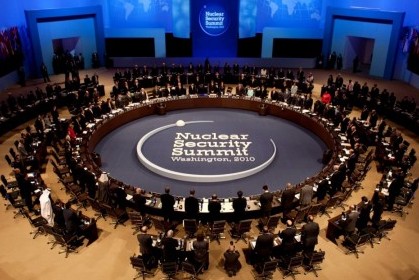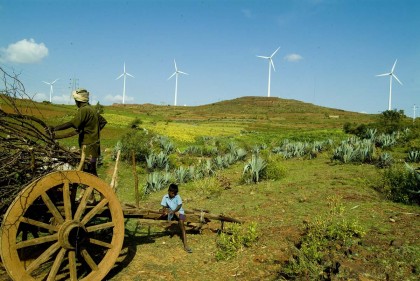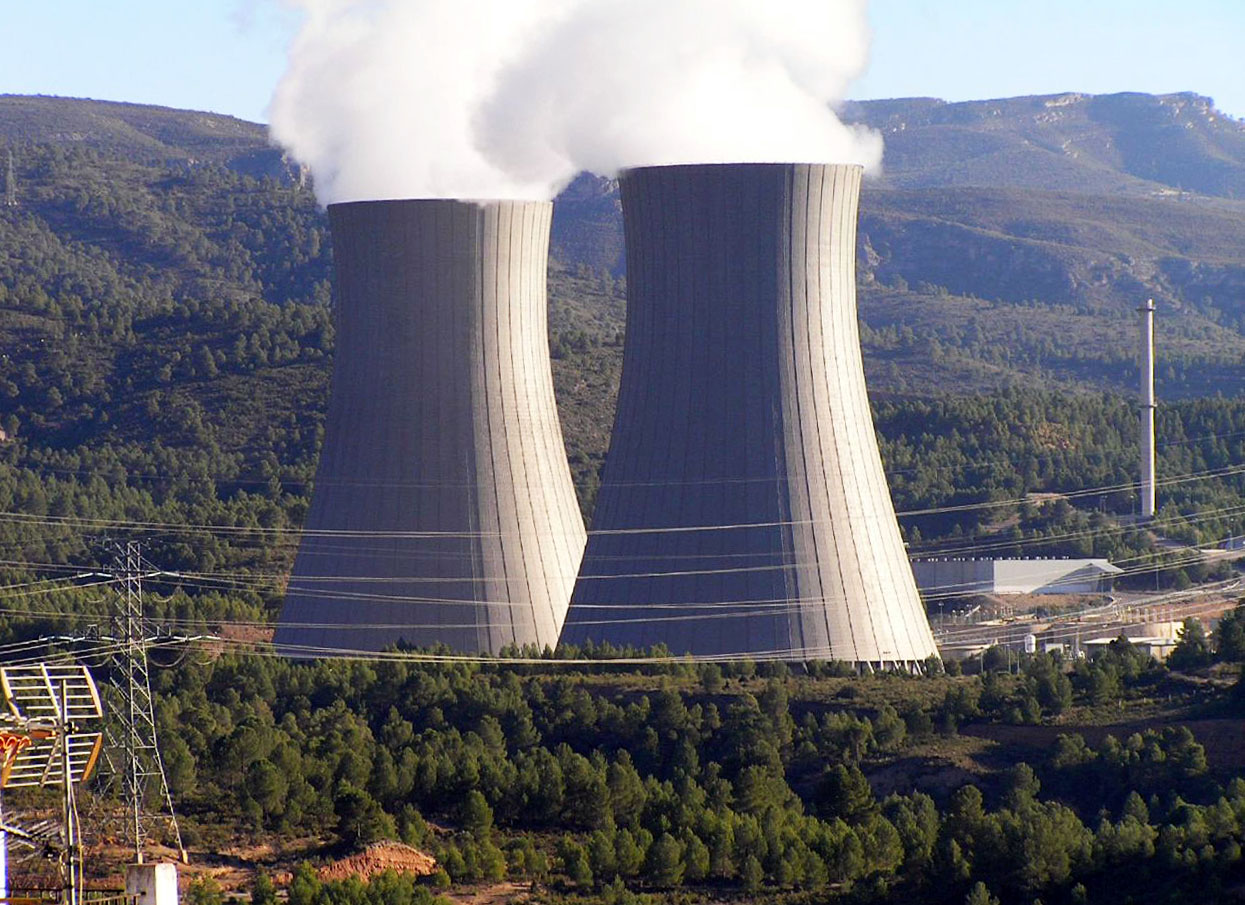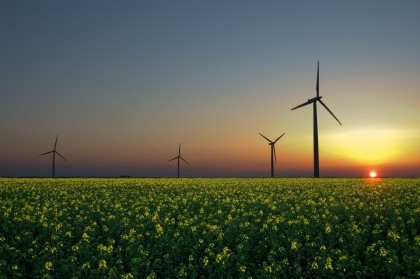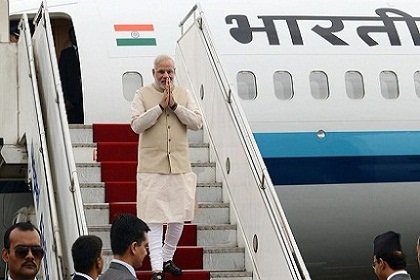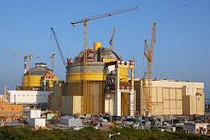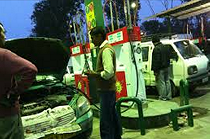India’s energy: three years, three aims
Relatively low fossil fuel prices have created a favourable climate for the Modi government to secure India’s growing energy needs in a sustainable manner and at fair prices. The government should also encourage locally-built wind and nuclear options to secure India’s long-term needs.


